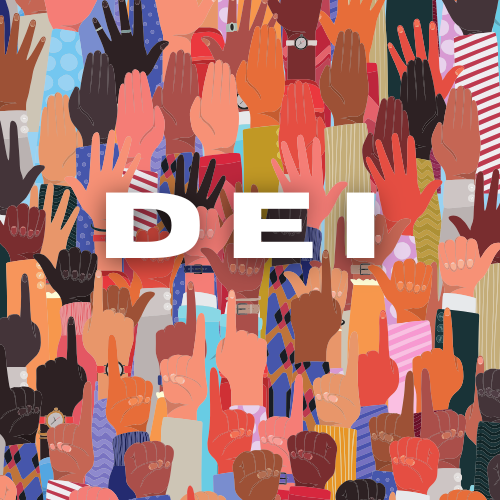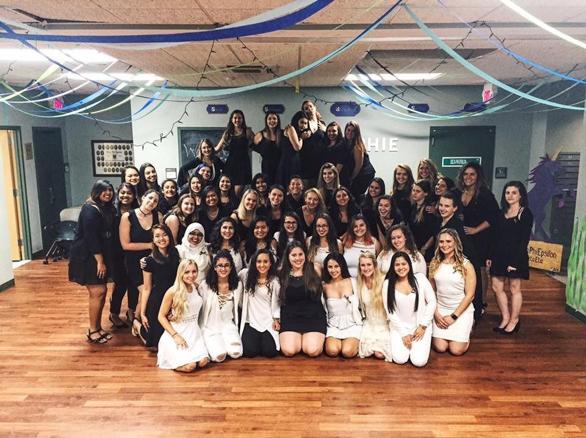This past Thursday, the sorority Lambda Tau Omega hosted an event called “Is Marriage for White People”, an examination of a book of the same name about the effects and causes of the African American decline in marriage. Written by Ralph Richard Banks, a professor at Stanford Law School, the book aims to trace the reasons behind the decrease in the amount of African American marriages, and the effects that has on society.
He lists several reasons for the decline, such as the effects of slavery, the lack of eligible men, the welfare system, the increased availability of divorce, the de-stigmatization of children born out of wedlock, and the change in the reasons behind marriage.
Out of a group of 100 black men and 100 black women, 10 women and 30 men marry outside their ethnic group. This becomes an even greater divide when one considers the fact that there are 1.8 million more black women than black men. This shows that black men are less inclined to marry black women, and this has led to many black women feeling desperate, and resorting to “man-sharing,” which negates the ability for marriage.
In addition, when one considers the available black men who have high school degrees, are not incarcerated, and are employed, the number of available black men is only 54%, not even counting those who date outside of their ethnic group. This leaves 42% of black women unmarried, and because of the media’s constant portrayal of black women as not effeminate or subservient, many black men look elsewhere for love.
The welfare system has “crippled” black marriage, due to the fact that dating is impossible while on welfare. If a person is found to be dating someone, then it is assumed they do not need welfare, and it is withdrawn. Thus, many black women cannot afford to get married for simply financial reasons, and opt to stay on welfare and have quick or casual relationships, out of necessity.
Since the early 1900s, people’s reasons for marriage have changed drastically. In older times, a woman married out of a desire to be more independent from her family, and out of necessity, as they could not own property or sign contracts. This forced them to be dependent on husbands, and finding one was a more necessary business contract than anything else. With the advent of women’s rights and suffrage, more and more people wanted to marry for love or connection, rather than financial concerns.
The book offers a number of solutions to the issue of how to improve the marriage rate for black women. Firstly, the author advises that black women should lower their standards. Secondly, he advises that they should “date down,” that is, date someone of a lower educational, corporate, financial, or economic class than themselves. Lastly, he suggests black women should date outside their race.
There are several reasons he lists as to why this does not happen, such as general fear, cultural barriers, a desire to preserve one’s own culture, concerns about children, and the assumption that only black men want black women and know how to appreciate them. He even goes so far as to say that black women should date Asian men, as Asian women and black men are the two largest ethnic groups to date outside their ethnicity.









































